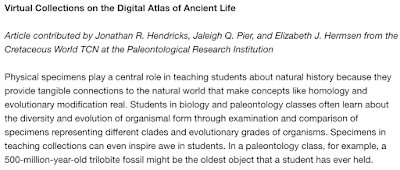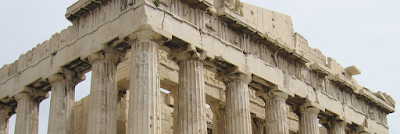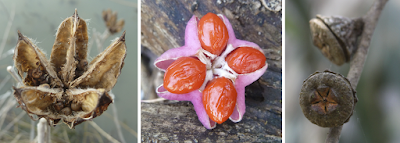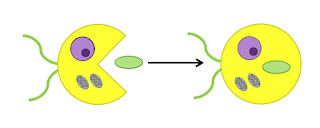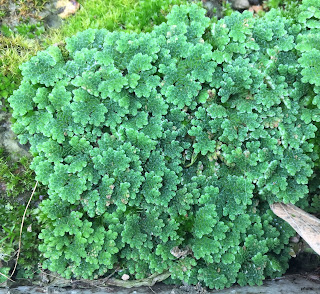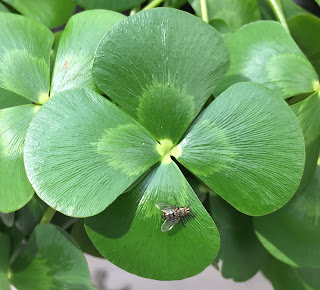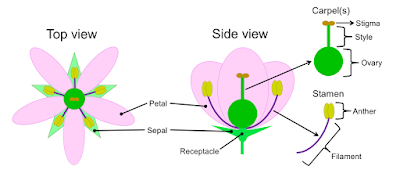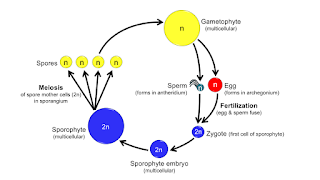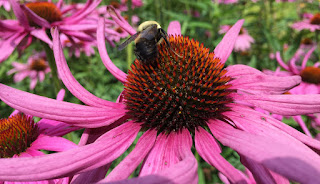Mountains in Funiushan Global Geopark, Nanyang, Henan, China On July 8-9, I attended a symposium on relict trees in at Shanghai Chenshan Botanical Garden in Shanghai, China. Participants from around the world presented their research on the ecology, conservation, systematics, paleontology, and biogeography of relict trees. Afterwards, we went on a filed trip to Nanyang, Henan Province, to see relict trees and native forests in Baotianman and Funiushan Global Geopark. My presentation was "Engelhardioid fruits from the Eocene of Patagonia and the paleobiogeography of Engelhardioideae." The abstract book is available on ResearchGate ( here ). More images are available at the Project Zelkova website .
